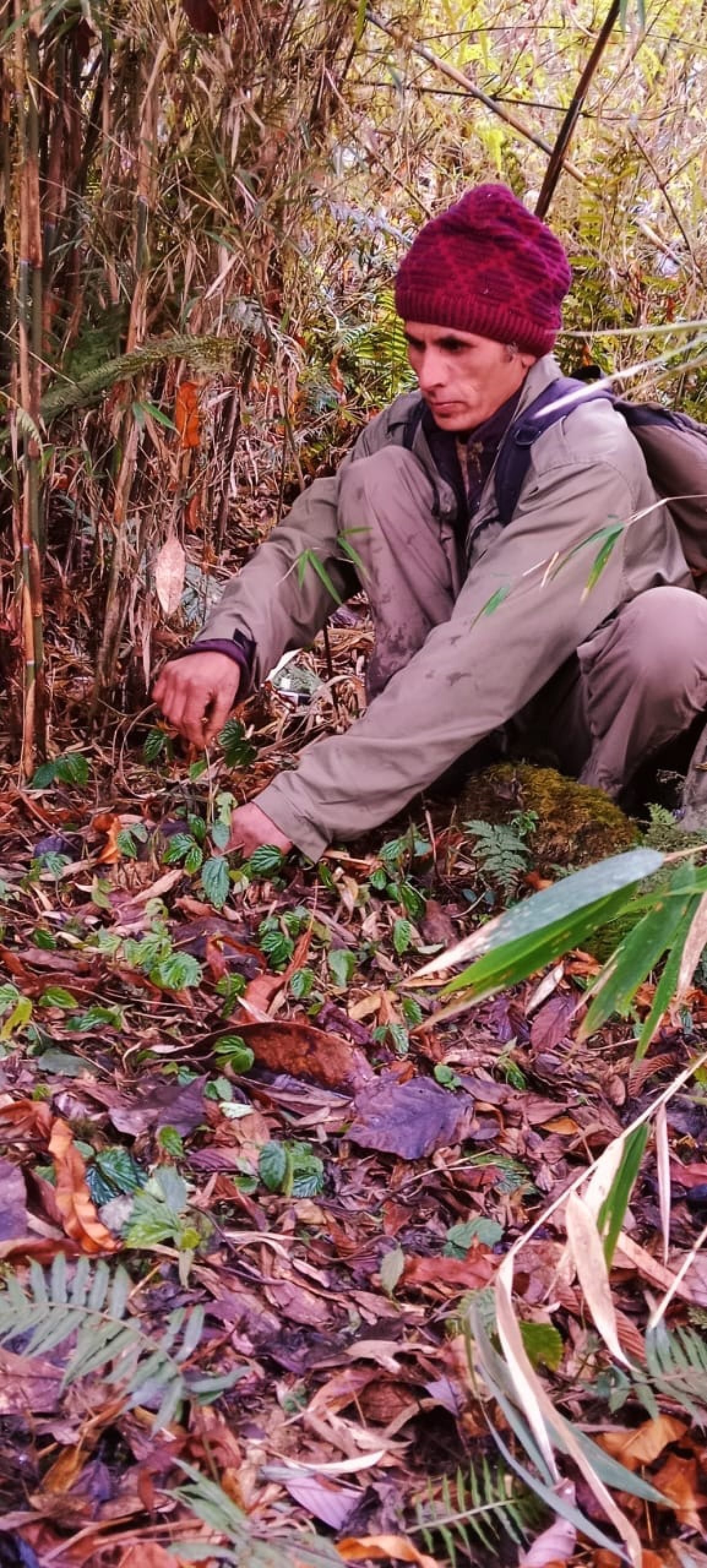Now Ramesh and others like him aim to share their stories with local communities as part of an initiative to raise awareness about the threatened creatures. The programme, which is being implemented by the non-profit Red Panda Network, is seeking to employ poachers and traffickers to turn them into protectors of the species.

In Nepal, there are around 1,000 red pandas living in 24 of the country’s 77 districts, mostly in the eastern and western regions, according to Red Panda Network. Around 70 per cent live outside protected areas, which conservationists – who sometimes refer to the animals as Nepal’s “forgotten pandas”– say make them vulnerable to poaching and other threats.
To combat these threats, the Red Panda Network has been mobilising local communities to protect the species. The non-profit has deployed 100 “forest guardians” across 13 districts where it works to monitor and survey red pandas in their areas.

Surya Bhattrai, 50, is one such forest guardian in the eastern district of Taplejung.
Armed with a GPS device and other equipment, Bhattarai patrols the forest area every three months, temporarily taking a break from farming. He said while they use red panda footprints and scat to determine their habitat, the forest guardians also monitor other wildlife and other possible crimes during their rounds.
Bhattarai said he first learned about red pandas while listening to a radio programme nearly two decades ago and later connected with a local conservation forum. He believes public awareness has significantly improved over the decades and that the local community should be on the front lines in protecting red pandas.
“Red pandas could be extinct in the future, and it is our responsibility to save them,” he said. “Communities that live nearby red panda habitats should be made part of the conservation efforts.”

Sonam Tashi Lama, conservation programme manager at the Red Panda Network, said most people involved in poaching and trafficking were aged between 20 and 49, while 70 per cent belonged to places that are red panda habitats.
A 2020 report by non-profit Traffic that ensures the legal and sustainable trade of wild species, said while India and Bhutan did not have large numbers of illegal trade of red pandas, they were higher in Nepal and needed further investigation. Though the report said Nepal police seized 29 pelts between 2016 and 2019, data from Red Panda Network showed 82 pelts were confiscated during the same time.
However, 37 red panda pelts were seized in 2021 – the highest since the non-profit started tracking in 2008 – which conservationists see as an “an unprecedented level of reported cases”. Conservationists say there has been a “noticeable increase” in poaching since 2020 due to inadequate livelihood options amid the pandemic.
In Nepal, killing or illegal trade of wildlife can result in fines up to 1 million rupees (US$7,500) or 15 years jail, or both.
The return of panda diplomacy: what it suggests about China-US relations
The return of panda diplomacy: what it suggests about China-US relations
Lama said most of the red panda pelts are being brought from the eastern and western parts of the country to Kathmandu, though the end destination for the product remains elusive.
A 2020 study published in the Human Dimensions of Wildlife journal noted that red pandas are rarely associated with religious and cultural beliefs, nor do they have any perceived medicinal value, unlike other vulnerable or critically endangered species like pangolins.
“Currently, what is driving the demand for pelts is a mystery and cannot be explained by inherent negative perceptions about the animal’s value to society or positive perceptions about its economic value within Nepal,” the study said.
However, Lama believes there has been growing awareness among locals and government officials, including district forest officers, which has helped in strengthening conservation efforts.
Lama said he grew up not knowing about the species, and his family used a stuffed red panda pelt as a scarecrow. It was only after he read a newspaper article about American researcher Brian Williams, who founded the Red Panda Network in 2007, that he became interested in the creatures.
Over the past 20 years, the global red panda population has declined by 50 per cent, Lama said, referring to IUCN’s latest assessment of red pandas in 2015.
As part of its habitat restoration efforts, Red Panda Network, in partnership with the government, has restored 1,000 hectares (2,470 acres) of land in eastern Nepal. The Nepal government also formulated a five-year Red Panda Conservation Action Plan in 2019 to “improve the national status of Red Panda and secure their habitat against emerging threats”.
But Lama believes the government should be more proactive and focused on red pandas to make conservation efforts more sustainable and authoritative.
“The [government’s] priority is in other places such as megafaunas like as tigers and rhinos in the Terai region,” he said. “Many people still do not know about red pandas, and that is why we need to emphasise policies to protect them.”


